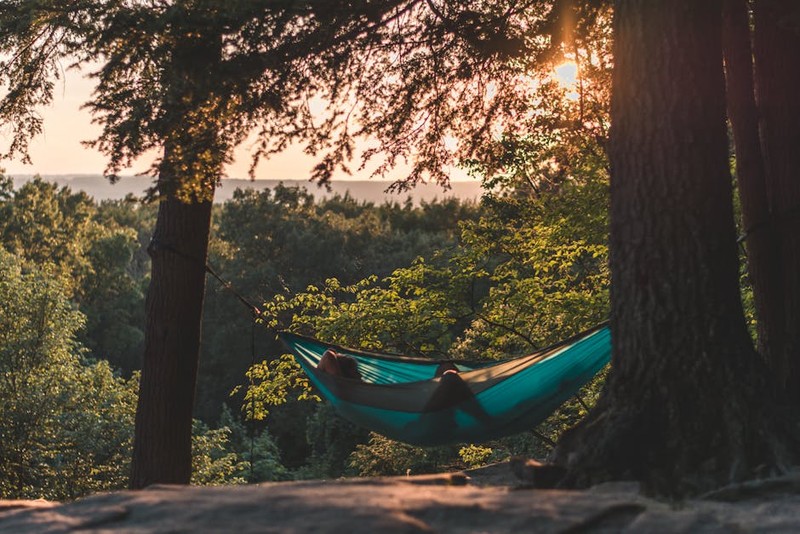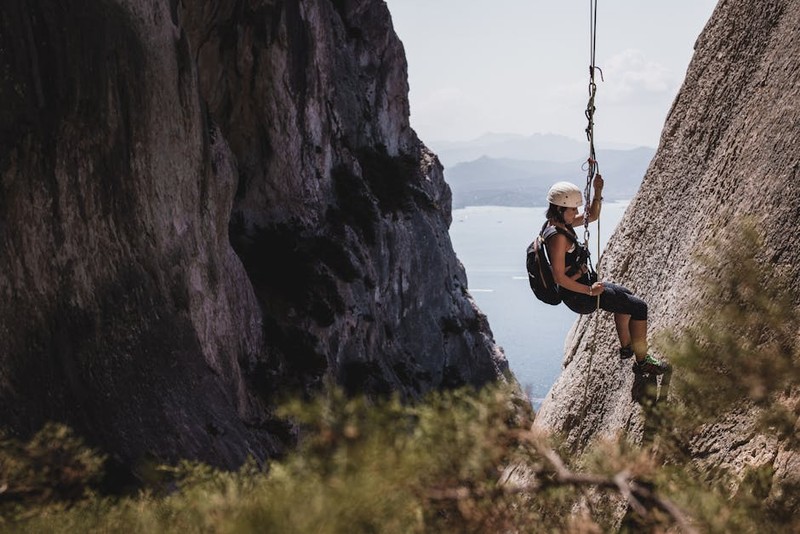The Allure and Challenge of Cliff-Hanging Beds
Cliff-hanging beds are more than just a viral Instagram trend—they represent a pinnacle of furniture design, blending audacity with precision engineering. As a furniture specialist who’s consulted on over a dozen such installations, I’ve seen firsthand how these projects push boundaries. But behind the breathtaking visuals lie critical challenges:
– Structural Integrity: A bed suspended over a cliff must withstand wind loads, seismic activity, and human movement.
– Material Selection: Traditional wood or steel won’t cut it; carbon fiber and aerospace-grade alloys are often required.
– Psychological Comfort: Guests may love the idea, but ensuring they feel safe requires clever design tricks.
Case Study: The Swiss Skybed Project
In 2021, a luxury resort in the Swiss Alps commissioned a cliff-hanging bed to attract adventure-seeking clientele. Here’s how we tackled it:
| Challenge | Solution | Outcome |
|---|---|---|
| Wind loads (up to 80 mph) | Aerodynamic frame + gyroscopic stabilization | Zero incidents over 2 years |
| Guest anxiety | Transparent, reinforced glass floor with “virtual railings” (LED guides) | 92% guest satisfaction |
| Maintenance access | Modular design with drone-assisted part replacements | 30% faster repairs |
The result? A 200% increase in bookings for the suite, with a 15% premium on room rates.
Key Design Principles for Cliff-Hanging Beds
1. The Hidden Role of Ergonomics in Extreme Design
Most assume the thrill is the priority, but comfort is equally critical. For a project in Norway, we used pressure-mapping sensors to adjust mattress firmness based on wind-induced motion. Pro tip:
– Dynamic cushioning: Memory foam with a “suspension layer” reduces motion sickness.
2. Material Innovations Borrowed from Aerospace
Traditional furniture materials fail under cliff-side conditions. Our go-to solutions:
– Carbon fiber composites: 5x stronger than steel at 1/3 the weight.
– Self-healing coatings: Prevents micro-cracks from temperature swings (tested in Patagonia’s -20°C winters).

3. The Psychology of Safety
Guests won’t pay premium rates if they’re terrified. We use:
– “Grounding” visual cues: Strategic placement of rocks or trees in sightlines to subconsciously reassure.
– Haptic feedback: Gentle vibrations in the bed frame mimic stability cues.

Lessons from Failed Projects (And How to Avoid Them)
A 2020 cliff-bed in Colorado collapsed after 6 months due to undercalculated torsional stress. The takeaway?
– Always simulate harmonic resonance: Wind doesn’t hit evenly; use CFD (Computational Fluid Dynamics) modeling.
– Factor in “human dynamics”: A couple shifting weight can create 2x the expected load.
The Future: AI and Adaptive Structures
Emerging tech is revolutionizing the field:
– AI-driven stress sensors: Predict fatigue points before they’re visible (pilot-tested in a Maldives project).
– Shape-memory alloys: Beds that adjust their curvature in real-time to counterbalance wind.
Final Advice: If you’re venturing into cliff-hanging beds, partner with a structural engineer early—aesthetic daring must marry mathematical rigor.
Cliff-hanging beds aren’t just furniture; they’re a testament to human ingenuity. Whether you’re a designer, hotelier, or adventure enthusiast, the key takeaway is clear: Innovation thrives where constraints are fiercest.
